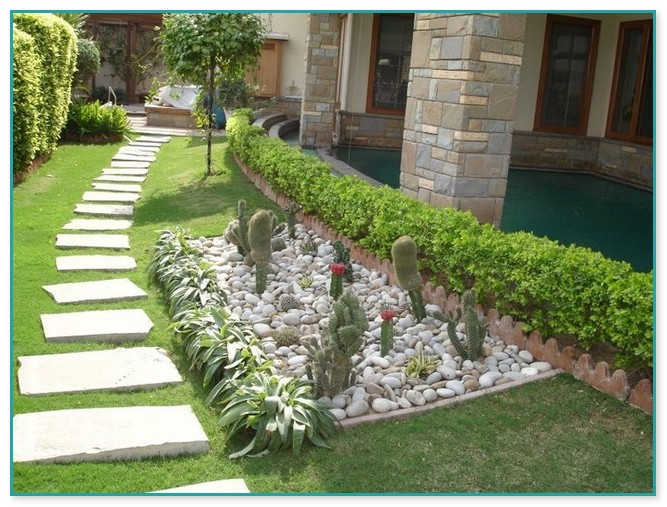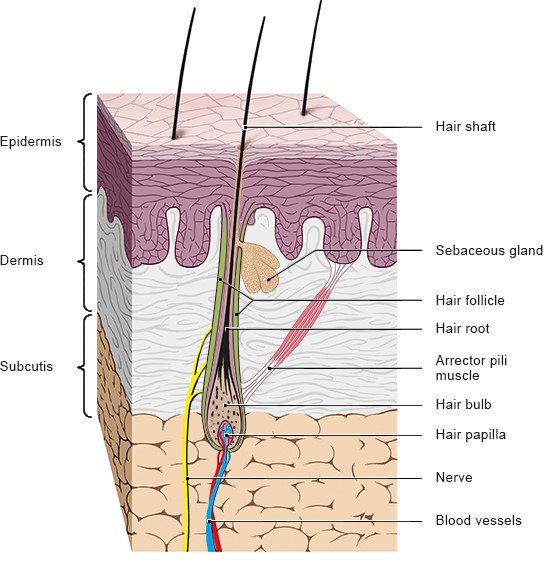Table of Content
The colour of the pea gravel depends on the colour of the parent rock material. If you’re buying a yard or two of pea gravel, it generally needs to be transported in a heavy-duty utility trailer. You may also be able to buy a more-easily transported 5-gallon bucket of about $15 bucks worth of gravel. An average 0.5 cubic foot bag of pea gravel costs about $5 per bag.

Mary Jane has been featured by publications such as Real Simple, Mother Earth News, Homes & Gardens, Heirloom Gardener, and Family Handyman. Product color and particle size may have slight variations from these photos.
What is Pea Gravel Used For?
Pea gravel paths are a classic landscape design feature. They can be designed of pea gravel alone or with pea gravel between pavers or flagstones. Like the patio described above, pea gravel paths require a structural base layer of compacted crushed rock.
To do a pea gravel patio right, it is incredibly important to prepare a strong structural base layer. The crushed rock immediately beneath the pea gravel should be well compacted to help it support the weight of patio furniture, strollers, and even foot traffic. The pea gravel should be a decorative sprinkling over the structural base (not a 6″ deep layer that turns your patio into a ball pit of marbles). A gravel driveway is essentially a larger iteration of a pea gravel path or patio, plus some added requirements to support cars and trucks. But like the patio, it doesn’t make sense to use pea gravel alone.
Pea Gravel: All About Pretty Pebbles For The Garden Landscape
A strong structural foundation base layer is critical for a driveway. Don’t make a pea gravel driveway without first laying a structural base layer of compacted crush. Pea gravel is used in landscaping for paths, patios, and other areas with foot traffic, as well as a decorative mulch. Here are some pea gravel landscaping ideas to help you add this lovely hardscaping material to your yard. The uniformly-sized, smooth pebbles are used as hardscaping material for gravel patios and walkways. Let’s look at what pea gravel is and the many ways it can be used in your landscaping plan.

Standard bulk pea gravel generally costs about $50 per cubic yard when purchased in bulk at a landscape supplier. Pea gravel sold at a garden centre is generally more expensive – up to $100 per cubic yard – but there are more choices available. Garden centres may stock pea gravel of varying sizes and colours to suit your landscape design.
How to Clean Pea Gravel
A touch-up with fresh pea gravel every few years will keep things uniform and looking sharp. While you can rake it in with the previous batch, its always easier just to get the same type. Pea gravel is generally quite dusty at the landscape supply store and when it is first placed. It will look much better after water washes off some of the dust.
Pea gravel is generally a low-maintenance, inexpensive, well-draining surface choice. Pea gravel looks as at home around modern architecture as it does in cottage gardens. All it needs is a quick rake now and then to keep the stones in place. This raspberry garden has paths mulched with pea gravel to keep down weeds and discourage enthusiastic raspberry canes from growing outside their planter box.
Grade 6 CA11 Gravel (3/4″ River Rock)
Pea gravel is a popular surface treatment for patios, parks, and city gathering spots in Europe. Mary Jane Duford is a gardening expert and founder of Home for the Harvest. She's also an engineer and certified permaculture garden designer.
Pea gravel generally still looks dusty after initial placement. Spray it with the garden hose or wait for some rain to let the true colour of the rock shine though. Once the initial dust has settled down between the rocks, the pea gravel will generally stay quite acceptable just with rainwater washing it off.
It can also be used as a decorative mulch around plants or structures like raised beds. Even foot traffic can displace pea gravel eventually, leading to some landscapers using stepping stones in addition to the pea gravel itself. And if you live in a snowy area, be prepared to clean up the stray gravel each spring. You may also need a fresh batch every couple years to keep things in tip top shape. What makes pea gravel so different then other types of gravel is that each stone is smooth and rounded . Pea gravel is collected from nature in an area where flowing water once gently rounded each stone.
Pea gravel walkways can consist entirely of pea gravel or can incorporate paving stones within the gravel . Most of the battle for keeping pea gravel in place can be won by installing a hard edging material. The photo above shows a pea gravel and paver pathway with a cedar edging. This edging is simply a 2″x6″ cedar board sunk into the ground to separate the lawn from the pea gravel path. When pea gravel arrives in bulk , it is generally quite dusty.

No comments:
Post a Comment